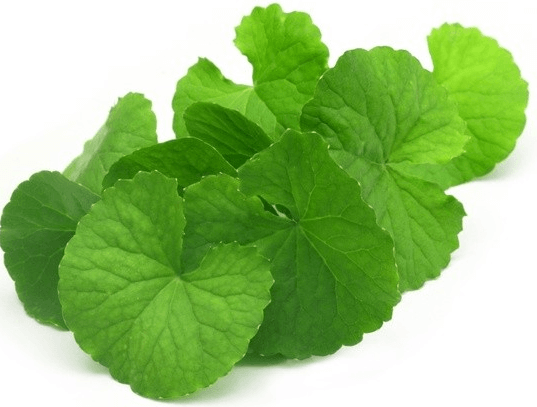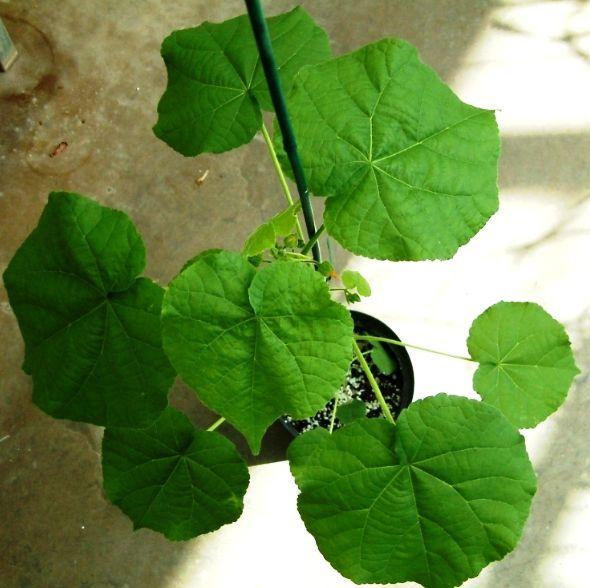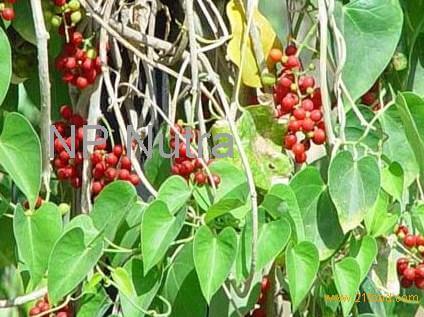Coriander-(Coriandrum sativum) Umbelliferae Annual

Coriander belongs to a large tribe of herbs, all with the same type of spreading, delicate flower heads as parsley, hence the generic name of Umbelliferae, which aptly describes the umbrella- shaped formation of the blooms. The colours of the flowers vary in this family, those of coriander being white, faintly tinged with pale lavender.
Propagation is by seed (which stays viable for seven years), in spring, and again in autumn in temperate climates. Sow straight into prepared beds containing broken – up, fine soil in a well- drained, sunny, sheltered position. The plants will grow to 45-60 cm (1 ½ -2 ft), or even higher if the aspect and season are especially favourable. We had a group of about a dozen that grew to 1.20 m (4ft); covered in their fairy- floss flowers, they looked especially enchanting amongst their green- lace foliage. If your plants grow fairly high, tie them to thin bamboo stakes to protect them from winds which may damage the slender stalks.
The leaves, with their finely cut margins, resemble chervil or anise but the flavour is distinctly different and individual. At first bite, the unique taste is strongly aromatic and , to some, not appealing. When used in discreet amounts, coriander leaves can lift and ordinary dish into something quite memorable it is often referred to as Chinese parsley and appears extensively in Oriental cooking. The seeds, or fruit, are also extremely useful and they, too, have a pungency and taste that is quite different from any other herb or spice.
As the flower goes to seed, the fruits which follow are bright green at first and have the same flavour as the leaves, but when the seeds are ready for harvesting and turn a light fawn colour, the flavour subtly changes to deliciously aromatic; they are described in the Bible as “like wafers made with honey” (Exodus 16.31). this is the time to remove the heads and put them in a box to dry; they can even be exposed to some sunlight for a few hours to complete the drying process. When the seeds start to fall, give the heads a final shake into the box and sift the coriander through a sieve to remove any husks, then store in an airtight jar.
Coriander is native to southern Europe from where it has found its way to other parts of the world. It grows wild in Britain and is also widely grown in China, Peru, India and the Middle East. Dr Culpeper does not mention coriander in his Herbal, so we do not know which astrological sign it comes under.
Uses:
Culinary – Coriander leave are an essential ingredient in many of the regional dishes of the countries where it is grown, for instance in Asian, Middle Eastern and Indian food. The pretty leaves also make an attractive garnish. Coriander leaves are becoming popular in European cooking and when used carefully they enhance the flavour of certain dishes. Ground coriander seed is popular and is one of the main ingredients of curries and other mixed spice dishes. The ground seed is used to flavour all kinds of food. From fish, poultry and meant to takes, biscuits, bread, and some vegetables, such as eggplant (aubergine), zucchini (courgettes), capsicums and mushrooms. It can also be dusted over apples, pears or peaches while baking , giving them a piquant flavour. When left whole, the seed is also an ingredient in pickling spice mixtures.
Medicinal – Coriander was among the herbs mentioned in the Medical papyrus of Thebes written in 1552 B.C. it was valued by Hippocrates in classical Greek medicine, and in nutrition and medicine by the Arabs and Hebrews. The seeds have much the same properties as dill, caraway and fennel in that they help to disperse flatulence. Like other fruits of this genus, the seeds are high in valuable constituents, coriander yielding a percentage of a pale yellow volatile oil, the active ingredient, as well as malic acid and tannin. Coriander is also a stimulant and is often used in commercial medicines as a flavouring and to counteract the griping pains caused by some aperients. Coriander was prescribed for treating kidney stones, and for purifying the blood. Convalescents in some European countries were given a soup made from barley water and coriander leaves as a recuperative tonic it has been warned that the seeds can become narcotic if taken too often.
Whole or ground coriander seed added to a potpourri mixture gives it a soft, warm and spicy scent.
Bees love coriander flowers, and chervil and coriander grown together make good companion plants.




